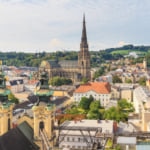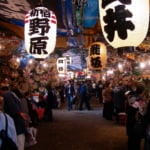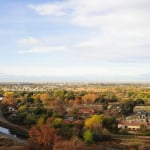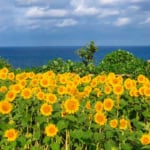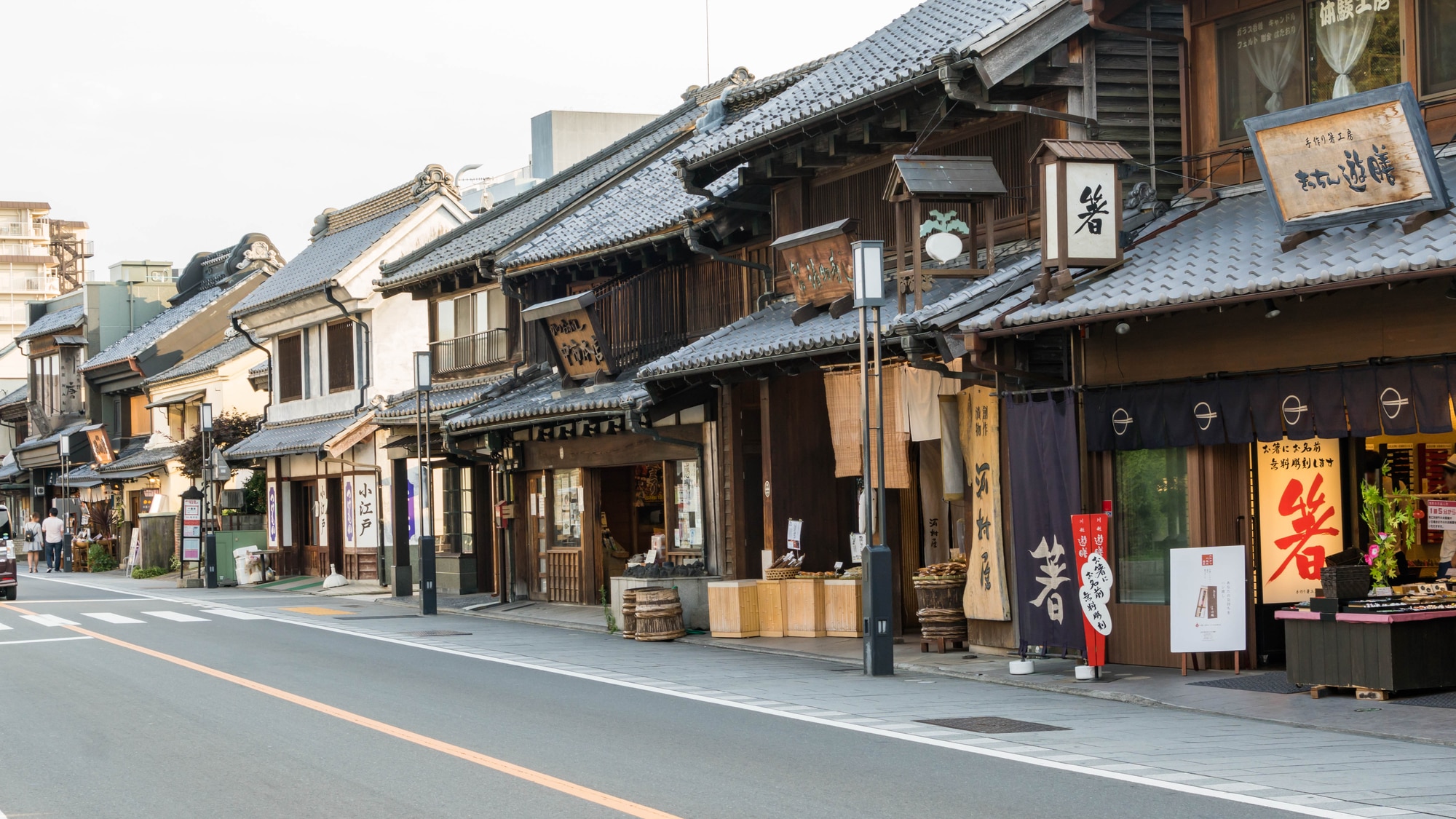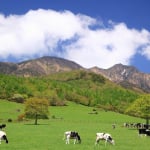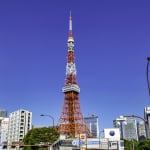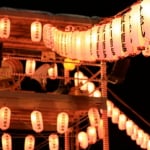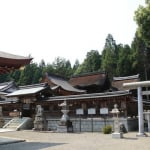Photo by aki/Pixta
10 Things to Do in Kawagoe, Tokyo’s Little Edo Town
Affectionately nicknamed Koedo, or "Little Edo," Kawagoe is a charming historic area that once thrived as a bustling merchant town. It's brimming with traditional architecture, heritage homes, ancient temples, and even castle ruins. With so much to explore and just a short trip from central Tokyo, Kawagoe makes for an ideal day trip. Whether you're wandering through the picturesque streets or soaking up the rich history, this heritage town offers a delightful escape from the city.
table of contents
[x] close
10 Things to Do in Kawagoe, Tokyo’s Little Edo Town
Hear the Toki no Kane 'Bell of Time'
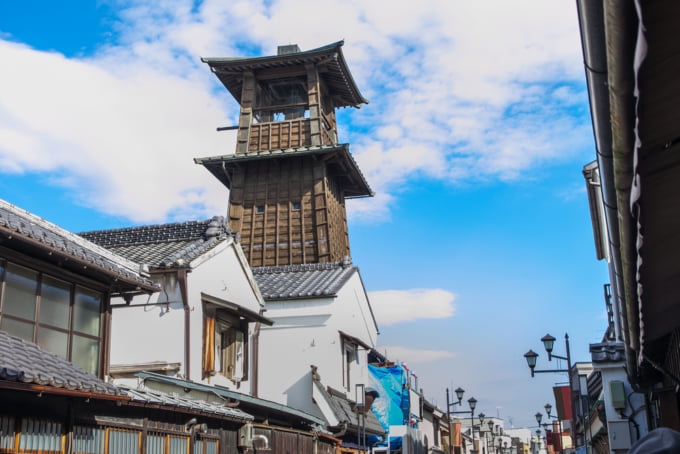
Photo by eakkarat rangram/Shutterstock
Kawagoe's historic Toki no Kane bell tower is a true symbol of the town, standing tall for nearly 400 years. After a devastating fire in 1894, it was carefully rebuilt, preserving its traditional architectural style. The tower chimes four times a day—at 6 a.m., noon, 3 p.m., and 6 p.m.—filling the air with a melody that’s recognized as one of the "100 Soundscapes of Japan" by the Ministry of the Environment. There’s something magical about hearing those chimes, connecting you to the rich history of this charming town.
Penny Candy Lane, Kashiya Yokocho
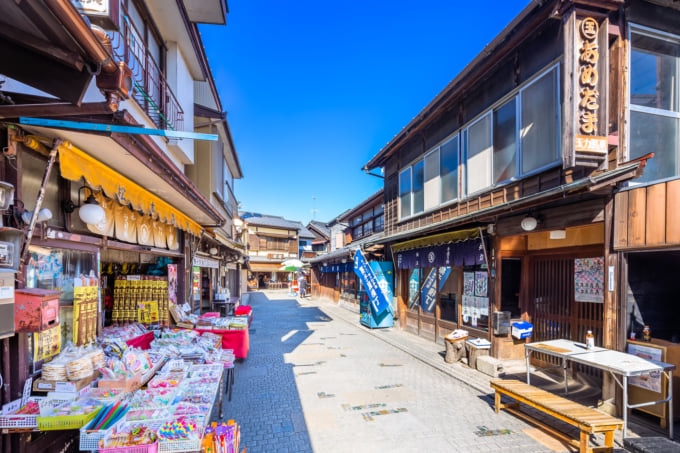
Photo by momo/Pixta
Wandering down this nostalgic shopping street feels like stepping back into the early Meiji Period when Kawagoe was a vibrant merchant town. On either side, you’ll find about 20 quaint shops that continue the tradition of crafting sweets and snacks using age-old recipes and techniques. Back in the mid-1920s, these skilled candy-makers were the primary suppliers to the capital, helping the area thrive until the end of the Showa Period. It's a delightful place to savor not just the treats but also a taste of history that makes Kawagoe so special.
Heritage Warehouses in the Kurazukuri Zone
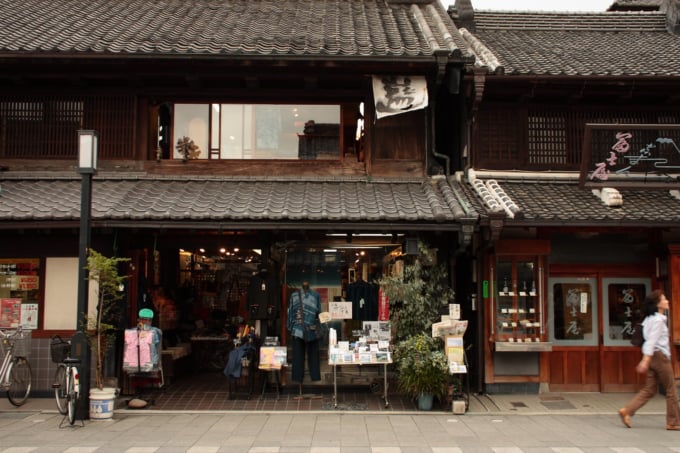
Photo by Yoshizumi Endo/Flickr
A stroll through the Kurazukuri Zone is a must-do when visiting Kawagoe. This charming street is lined with historic warehouses and shopfronts that date back over a century, giving you a real sense of the town's Edo-style character. As you wander through, you can almost feel the bustling atmosphere of local merchants from days gone by, making it a captivating glimpse into Kawagoe's rich history.
Yamazaki House
Yamazaki House was once the elegant residence of a prosperous confectionery owner and showcases the vision of one of Japan's pioneering modern architects, Katsuya Yasuoka. Built in 1925, this villa beautifully combines European and Japanese architectural styles. Step outside to the serene Japanese tea room, where you can enjoy views of the meticulously maintained gardens, which were designated a national monument in 2011. It’s a lovely spot that perfectly captures the essence of traditional Japanese beauty.
Kawagoe Hikawa Shrine
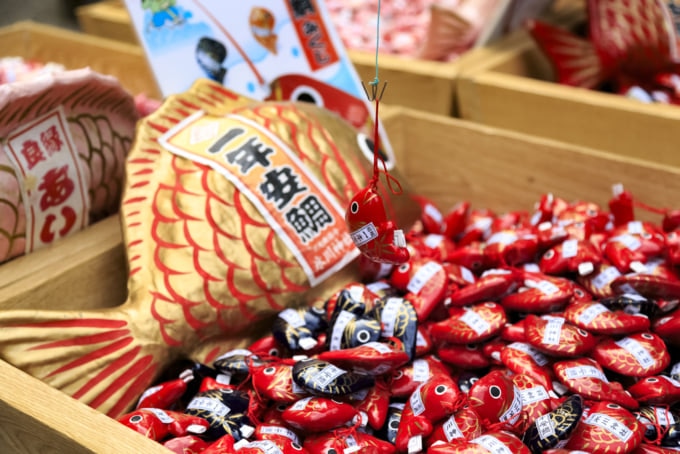
Photo by k_aki/Shutterstock
Hikawa Shrine was a key Shinto worship site during the Edo Period. Its towering 15-meter torii gates are some of the tallest in Japan, and the intricate carvings in the main hall date back to around 1849, commissioned by a local lord. Believed to house the deity of successful marriages, the shrine attracts many couples for traditional Shinto weddings. It’s also famous for the Kawagoe Hikawa Festival, which is recognized as a UNESCO Intangible Cultural Heritage.
Shopping at Koedo Kurari
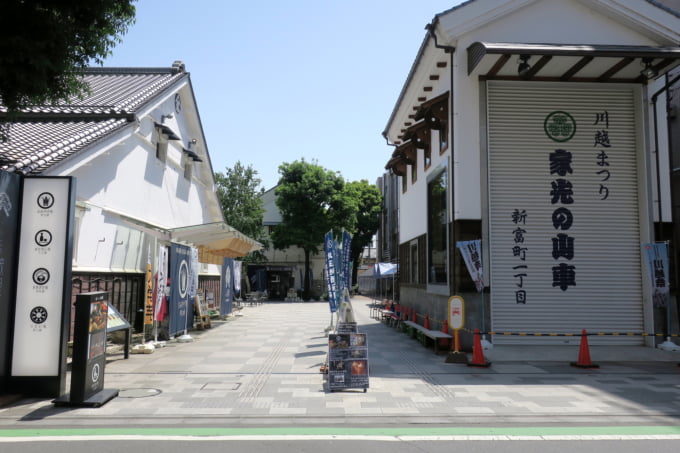
Photo by ryuukikou/Pixta
Housed in a renovated sake brewery, Koedo Kurari is a spacious commercial complex that features a restaurant, sake shop, souvenir store, café, and an exhibition space for rotating art and cultural displays. The buildings, which date back to the Meiji, Taisho, and Showa Periods, have been recognized as Tangible Cultural Properties of Japan. They've been carefully restored, preserving many of their original features and charm.
Taisho-Roman Street
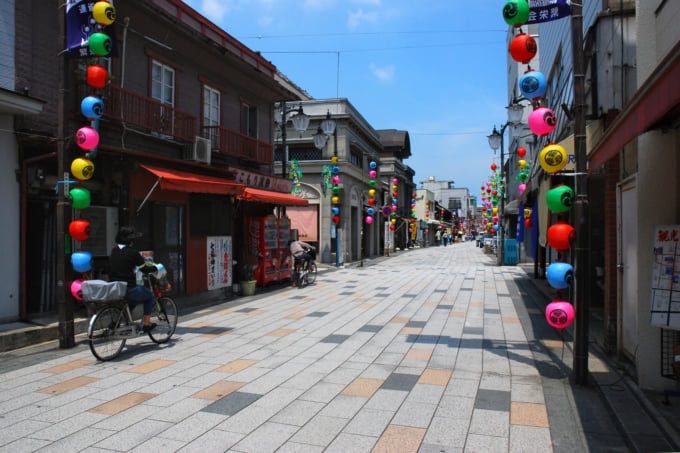
Photo by 髙橋義雄/Pixta
Another historic gem in Kawagoe is Taisho-roman Street, which captures the nostalgic charm of the Taisho Era. This lively street has become a popular backdrop for local dramas and film sets, thanks to its unique atmosphere. The Taisho Era (1912-1926) marked a time of prosperity and change in Japan, bridging the gap between traditional and modern influences.
Honmaru Goten of Kawagoe Castle
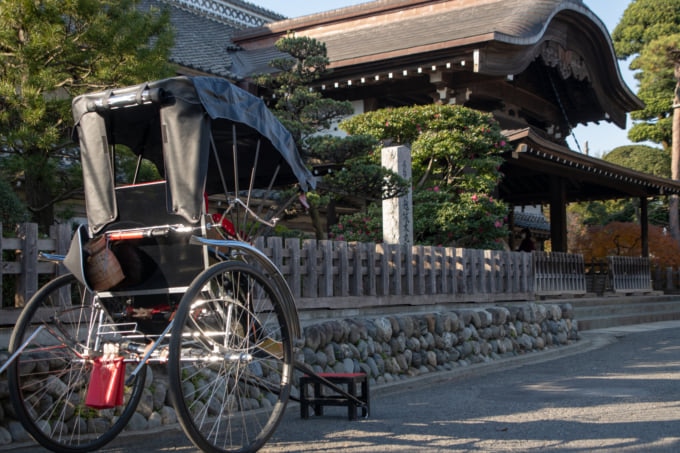
Photo by hiroshi/Pixta
Rebuilt in 1848 by Matsudaira Naritsune, the local daimyo, the Honmaru Goten is the oldest building in Kawagoe. Once part of Kawagoe Castle's inner defenses during the Edo Period, it served as a waiting area for visiting lords. Although much of the castle and most of the Honmaru Goten were dismantled during the Meiji Restoration, what remains is a cherished piece of Kawagoe's feudal history.
Kimono Rental and Jinrickshaw
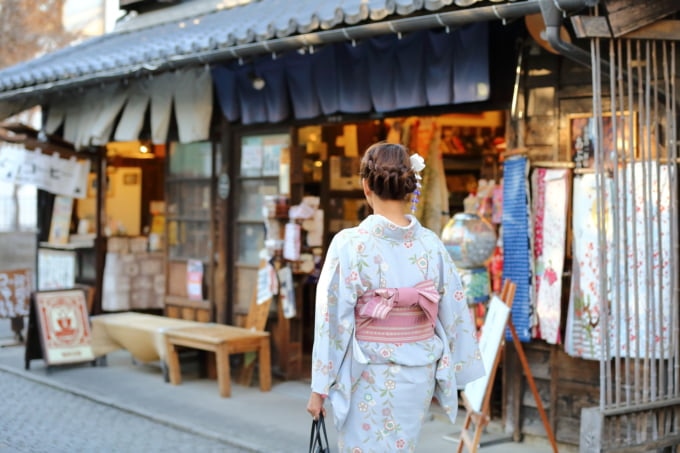
Photo by Mitch/Pixta
The nostalgic charm of Kawagoe, often referred to as Tokyo's Little Edo, makes it a great place for traditional cultural experiences like kimono rentals and jinrickshaw rides. With heritage landmarks like the Kurazukuri Zone and Kashiya Yokocho, slipping into a classic Japanese kimono feels just right as you explore this historic town.
Kita-in Temple
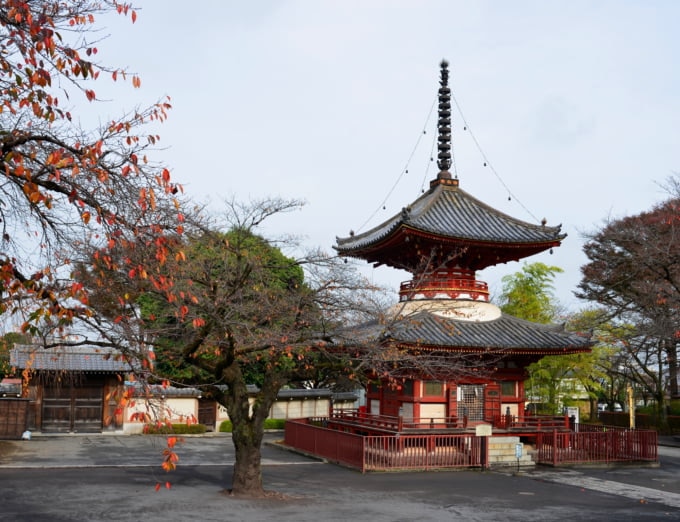
Photo by yokai/Pixta
Kita-in Temple is the most renowned Buddhist temple in Saitama, with a rich history tied to the Tokugawa Shogunate, which helped it flourish. Today, it houses many valuable artifacts that once belonged to Edo Castle, now the Imperial Palace in Tokyo. One of its standout features is a collection of 538 moss-covered statues of Buddhist disciples, known as 'rakan,' which leave a lasting impression on visitors.
In Conclusion
Kawagoe offers a captivating glimpse into Japan's past, preserving its rich history for everyone to experience. Just a short distance from central Tokyo, this charming heritage town makes for an easy and delightful addition to any traveler's itinerary.
